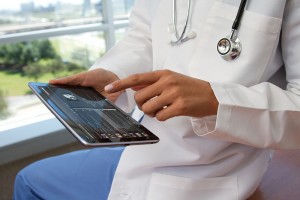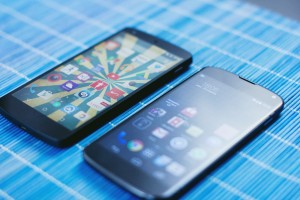
By Marc Edwards B.Sc., PMP, MBA, Content Analytics
Healthcare facilities all over are diving into the health analytics pools with such vigor that those on the inside of these organizations often feel disoriented within the maelstrom and are left thrashing about as they try to keep their heads above water. Within some organizations, the pull of big data, business intelligence, and analytics is so strong, so much so that leadership may decide to create a whole health analytics function or program without much in the way of due process and business justification.
Now you may say to yourself, “Isn’t that what we want, enthusiastic buy-in? Isn’t that what the title of this blog post is about?” Well, yes and no. While we do want executive buy-in, it should be of the proper kind; sort of like buy-in with a purpose.
Determining the Business Need
When establishing a Health Analytics function, it would be greatly beneficial for both yourself and the organization to determine the business need behind this request. Ideally, that business need should be clear and communicated effectively to all involved, and eventually translate into the Health Analytics team’s mandate. When observing this, it should become clear to you whether or not the request to create a Health Analytics group is a need or a want. If it is a need, then it should be backed by data, facts, and other forms of hard evidence. If it’s simply a want, well then, heaven help you.
If you don’t have a clear business need and/or mandate when forming a Health Analytics group, you are going to end up feeling a bit scattered as you try different things in finding something that works for the organization. Without the business need in place, you are going to have difficulty determining a mandate, roles and responsibilities, what tools to use, and your team’s basic overall reason for existence. As a result, time and money is wasted as you try to figure out what to do and team morale and enthusiasm fades as the anticipated changes continue to be postponed. Obviously, this is something to avoid.
If you find yourself without a mandate, it is important to try to establish one as you develop your team, ideally with their input, as they will be the ones implementing the program and this would be an effective way to get their buy-in.
Creating a Business Case
Another way of side-stepping the issue of no mandate would be to create a business case intended for executive leadership, one loaded with whatever metrics you can find. Think about potential data uses and data sources and try to make connections between them and to the organization’s goals and objectives as well.
I think it’s clear that without proper executive buy-in, the establishment of an effective Health Analytics program/function is difficult at best and impossible at worst. However, if you are able to do it, it will set up the creation of an effective Health Analytics team.
Let me know if you can think of anything else when looking for executive buy-in.






